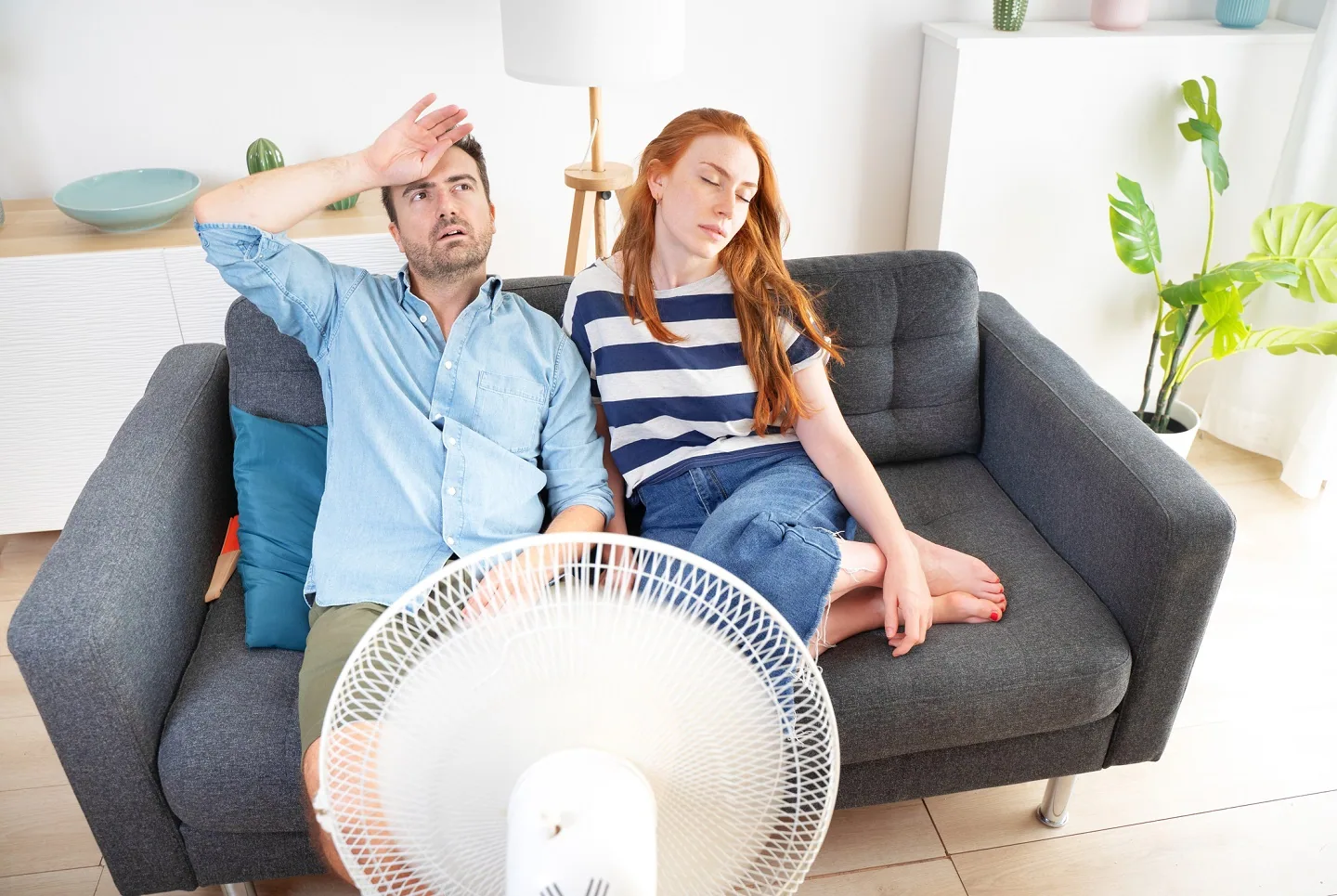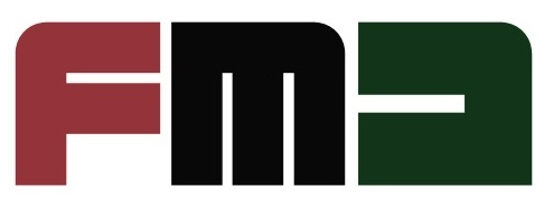1. Block Out the Sun
To effectively block out the sun and keep your house cool, you can take several strategies: Hence, you may use several strategies:- Install Blinds, Drapes, or Curtains: These Window treatments can decrease the heat and sunlight in your house significantly instead of that. Go with our best choices, which either have a reflective backing or are a lighter color to reflect heat away from us.
- Use Adjustable Awnings: Awnings, which are placed for their adjustability, can be converted to control the amount of sunlight that strikes a given window to cut on heat entry.
- Plant Trees and Shrubs: The specific positioning of the street sight is crucial for blocking the light so that we may gain access to a natural shade.
- Upgrade to Energy-Efficient Windows: One of the most effective ways to improve your heating efficiency is to replace old windows with the latest energy-efficient ones, which will help reduce heat transmission.
- Apply Reflective Window Film: The facility reflects sunlight, reducing the temperature that comes through the glass.
- Install Exterior Shutters: Additionally, both interior and exterior shutters keep the heat off and help you save on your monthly electricity bills. Such shutters also strengthen the security of your home and protect it against bad weather.
- Roller Shades: Such conveniences may prevent excessive sun heat and are available with a remote-controlled device.
- Tinted Window Film or Blackout Shades: These are simple and effective ways to keep your home cooler up to 15 degrees by blocking sunlight during peak hours.

2. Cross Ventilation
Air circulation is a natural cooling technique consisting of air flowing from one window or vent to another. This is done by tactfully positioning windows or vents on the opposite side of a building. This procedure serves to refill the building with cooler outdoor air, extracting the warm and musty air from inside the building, and this would make the indoor air cooler. It is an optimal method in regions where you can find the wind to be the most accessible and efficient, mainly during the more excellent hours of the day. On top of this, it does a favor to the air by scrubbing out pollutants, moisture, and even strong odor, leaving the living conditions conducive to a healthier life.3. Cool with Ice
Ice may be the cheapest solution for the warming problem. This can be achieved by positioning a bowl of ice in front of a fan, which evaporates around the ice, making you feel a breeze of cool air. As the converted air convection reduces the temperature rise, the air conditioner, using the chilled air, can provide much-needed relief during the hot weather. It makes us more sensitive to cooperation with nature and gives us a sense that we can fight during the summer heat. It is essential to keep the ice well-maintained and use a portable fan set in non-oscillation mode; this replicates the effect of a closed window with a breeze coming through. The result is a consistent distribution of cooling air in the room.4. Dehumidify
Proper dehumidification in the summer is vital to have both physical and emotional comfort. It is the extraction of the wetness from the indoor air, which can be drier than regular air, ultimately making the rooms feel more comfortable and relaxed. A dehumidifier can help alleviate the system by lowering the humidity levels so that the mites and mold will not block ways to comfort. Furthermore, the strategy reduces energy wastage because of the cooling effect, thus saving the cost of air conditioning. In addition, dehumidifiers help eliminate mold and mildew formation on furniture and buildings; this method bolsters better dwellings in hot and humid summer conditions.5. Try LED Lighting Itself
Selecting an LED prime to check the traditional light during summer is a wise action. The number of users of different related mobile applications has grown worldwide. It also translates to lower power bills; glad to say that it's just when cold months are here because all the heat emissions mentioned above are reduced. Furthermore, LEDs serve the purpose better because they have a longer life span, resulting in fewer replacements and less waste generation. They provide good quality light, don't contain mercury, and are an extremely environmentally friendly solution. The decision to use LEDs is to check for any increase in greenhouse gas emissions and provide a cold environment at home.6. Unplug Electronics
Remember to unplug unnecessary electronics. You will save energy and keep your house cool during the hot summer days. Many devices still have their power on while in standby mode, which drives energy waste (consumption) and increases the heat emitted in the long run. Disconnecting these appliances is a simple move to reduce the cost of energy; Meanwhile, less cooling is needed, which is only positive for the human body. Moreover, this generally eliminates power surges, thus extending the lifespan of house appliances. It is a valuable step at the beginning in the right direction towards more energy savings and a tranquil morning.7. Refute the Artificial Air-conditioning
Alike energy-saving devices that are used at home, natural air conditioning engages green technologies without using electricity. Pisces, like earth tubes, utilize underground cool air, while saplings help the formation of shade while making air circulation possible. Yet, other methods may serve the purpose of drawing cold reflective barriers to capture heat and improve flow dynamics through natural ventilation to exhaust warm air. Transition to such sustainable practices lets us eliminate energy waste and limits the negative influence on the ecosystems. This naturally constant temperature below the earth, or plants and water-cooling effects, helps households maintain comfortable indoor climates without using additional energy resources during the hot summer season.8. Insulate Your Home
To have a comfortable house in summer, home insulation is a primary source of energy saving. It becomes a wall through which heat doesn't cross while keeping calm and hot air inside. Firstly, it decreases dependence on air conditioning. Therefore, the users will cut down on energy consumption costs and utility bills. The insulation in the ceiling, attic, and flooring will provide a more stable temperature throughout the house, which will greatly improve living comfort. The method is efficient and is the most practical choice for the year's hot season to maintain a more relaxed living condition.9. Cook Smart
Innovative cooking in a sub-zero temperature means heating the kitchen appropriately. Technology has made long-haul flights more efficient, effective, and safer, but aircrews still face several challenges during flights. To save energy heat, such as the stoves, use appliances like slow cookers or microwaves instead. Preparation can be as simple as tossing a leafy veggie salad or a cold tomato-based soup. When you prepare the dish, cook it at the more excellent times of the day or on the grill outdoors. The lack of ventilation ensures that the room temperature does not increase, keeping your home comfier. Moreover, the constant running of exhaust fans to rid the kitchen of cooking moisture helps ensure indoor cool weather.10. Cool Roofing
The idea behind the usage of the cool roofing strategy is that surfaces are believed to reflect intensive sunlight and prevent heat absorption through the roofs. This particular capability enables the materials to get cooler in the face of the sun while reducing the heat indoors. The strategy lowers indoor temperatures and hot weather outdoors. This economizes the use of air conditioners at home or office while saving energy costs. By reflecting less heat into the atmosphere, cool roofs mitigate the urban heat island effect and help lengthen the roofing system's longevity. They are critically important in places with warm weather, where the cooling energy is tremendous. Cool roofing represents a sustainable technique that provides more comfort.11. Adjust Ceiling Fans
Letting down ceiling fans may be overlooked in summer; however, using them well will ensure comfort and cost-effectiveness. When these are rotated counterclockwise, the cool air is pushed down, and the wind chill effect is thus created; that makes one feel more relaxed in such a room and helps maintain an excellent interior temperature. The strategy uses air conditioning for less than it usually costs energy. The heights and ceiling clearance numbers have been explicitly chosen to guarantee maximal air movement. The ceiling's vaulted roofs help extend air exchange in a falling direction. Frequent fan cleanings, such as riding and removing the blades of dust and debris, make the units perform better and maximize cooling output in the hot season.12. Minimize Appliance Use
When you limit your appliance use in the summer, you automatically start with an energy reduction, and your home is also cooled down without blasting air conditioners. Equipment in operation generates warmth, which means regulating their usage, especially during peak heat hours; furthermore, it helps maintain pleasant indoor temperatures. This way, the users does laundry or cooks in the early morning or evening; they choose to set the cold water for doing laundry and clean refrigerator coils because they are energy-saving measures for the sake of lower consumption. Thus, if people switch to LED lights, they will not only pay less utility bills but also gain access to the environment, which supports the development of a sustainable way of life. It is a straightforward mechanism for homeowners to reduce the consumption of energy while improving their family's comfort level during the hot months.13. Smart Landscaping
Sustainable outdoor landscaping is an environmentally conscious method of developing gardens that conserves water while boosting the efficiency of the energy system at the same time. It encompasses tactical specialization introductions, thereby creating shades; hence, the need for air conditioning is cut down. Sensing the soil, watering the plants with smart sprinklers, and implementing an innovative irrigation system are effective ways to conserve water and provide the proper humidity. Solar lights and greenhouse climate control that run on sun-powered energy are another value added to sustainability. A well-designed landscape is a place of the best natural beauty, but besides this, it assists in lowering the home temperature in summer; hence, there will be no need to use energy, and the environment will be well protected.
14. Seal Leaks
Air leakage sealing in a house is one of the ways to maintain energy efficiency and comfort in all buildings. This refers to locating and sealing up any spots in every window, door, and ductwork where the outside air can find its way inside. This blocks hot air from infiltration into rooms during the summertime through AC's power reduction, leading to less energy spent. That dreadful draft is somehow sealed by a day, so the indoor air is freed from dust particles, pollens, and bugs. Moreover, it keeps a stable temperature and humidity inside, which attracts the inhabitants who prefer a more comfortable and favorable living place.15. Use Water Features
Water elements such as wall fountains or home aquariums might experience evaporation, thus assisting in air cooling. With water evaporation, heat is relegated from ambient surroundings to the air, which helps in air cooling. Natural cooling can accelerate this process, making the intelligent water feature more effective. Thus, choosing a site with air circulation promotes the cooling down process. In addition, running water can create a calming feeling and a positive and relaxing atmosphere. The beauty of the water features should not be taken for granted: They reduce the use of air conditioners, which are both power-consuming and expensive. It means that they are eco-friendly.Conclusion
In the end, the steps presented to aid the goal of keeping the temperature down and the home relaxed throughout the scorching period. Those mentioned above eco-friendly and energy-efficient techniques allow people in summer to stay cool without over-duplicating unnecessary air conditioning uses. The living environment is sustainable, from installing energy-efficient windows to using natural ventilation. These little things add up. The best place to start is by adopting these techniques, which will help reduce the heat and contribute to a greener environment. Upon a rise in the temperatures, pause for a moment and think. To remain calm, there are sensible, easy decisions to make that will guarantee a more pleasurable environment.FAQs
- How to naturally cool down a house without air conditioners? To naturally cool down your house, use cotton bed sheets, ceiling fans, and whole-house fans, open windows at night, close off unused rooms, create a cross breeze with fans, optimize natural light, use water to cool down, strategically open windows, and utilize lower levels for cooler air. These steps can help you cool your house efficiently without relying heavily on air conditioning.
- How to cool down a house fast? When using an air conditioner to cool down your house in summer, set it to a comfortable temperature. Additionally, ensure that your home is well-insulated to maximize the efficiency of the air conditioning system. Using window awnings, closing off unused rooms, and minimizing heat-generating activities can also complement the cooling process.
- Does shading the roofs make any difference? Shading the roof helps reduce heat gain, especially in sunny climates. Choosing the right shingle type and color can also play a role in minimizing heat absorption and maintaining a cooler roof surface.
- Can changing air filters help cooling? Yes. A dirty filter can make it harder for the unit to cool your home effectively, so regular filter changes are important for maintaining a comfortable indoor temperature. It is recommended to change air filters once a month.
- Are window shades helpful in cooling down? Yes, window shades can help cool your home by reducing heat loss in winter and blocking solar heat in summer. Cellular shades, external solar shades, and reflective internal shades are all effective options for maintaining a comfortable indoor temperature.
- Are there energy-efficient air conditioner options? Yes. For example, inverter air conditioners adjust their speed to use just the right amount of energy to keep the room cool, making them more energy-efficient than regular air conditioners. While highly energy-efficient air conditioners may cost more upfront, they can help save on energy bills while keeping your home comfortable. When looking for a new air conditioner, it's important to consider ratings like SEER for split units and EER for window-mounted units, as they show how much it costs to run the AC.



